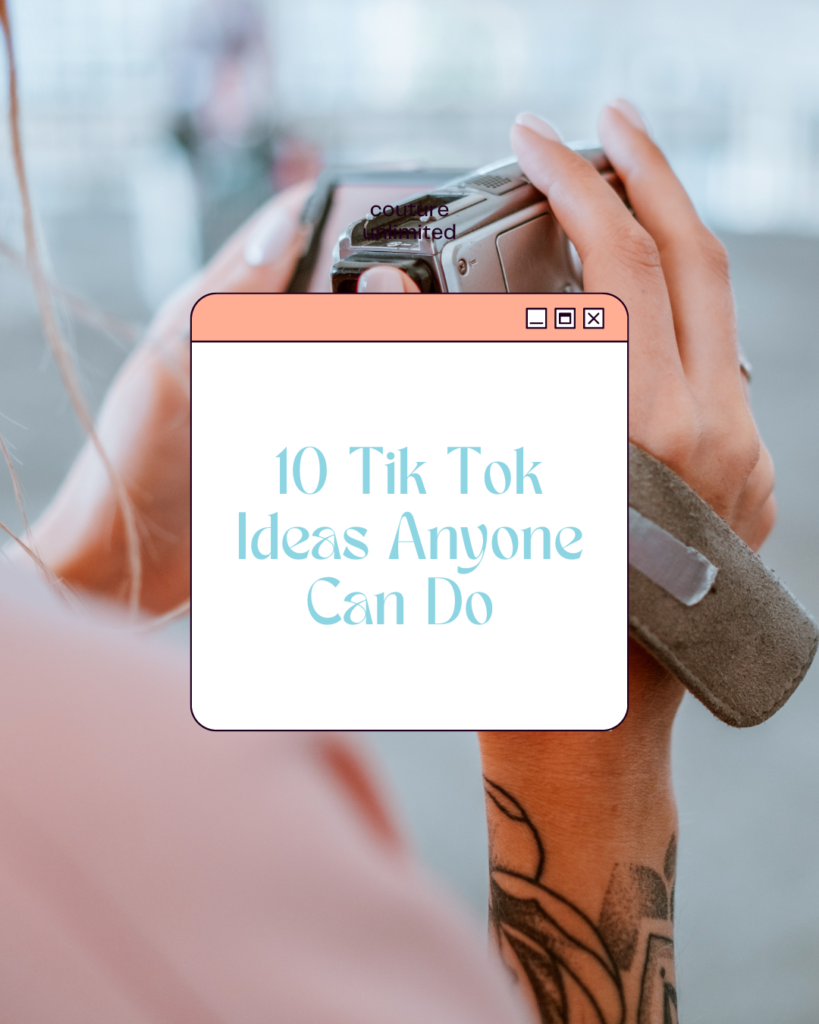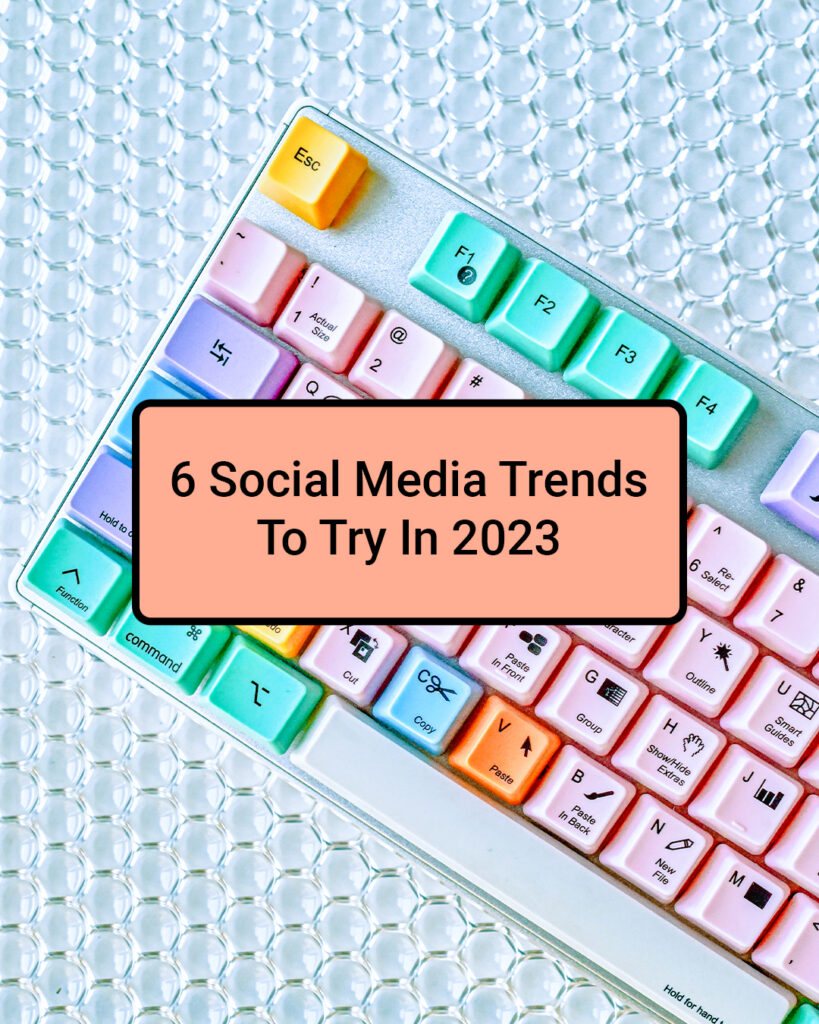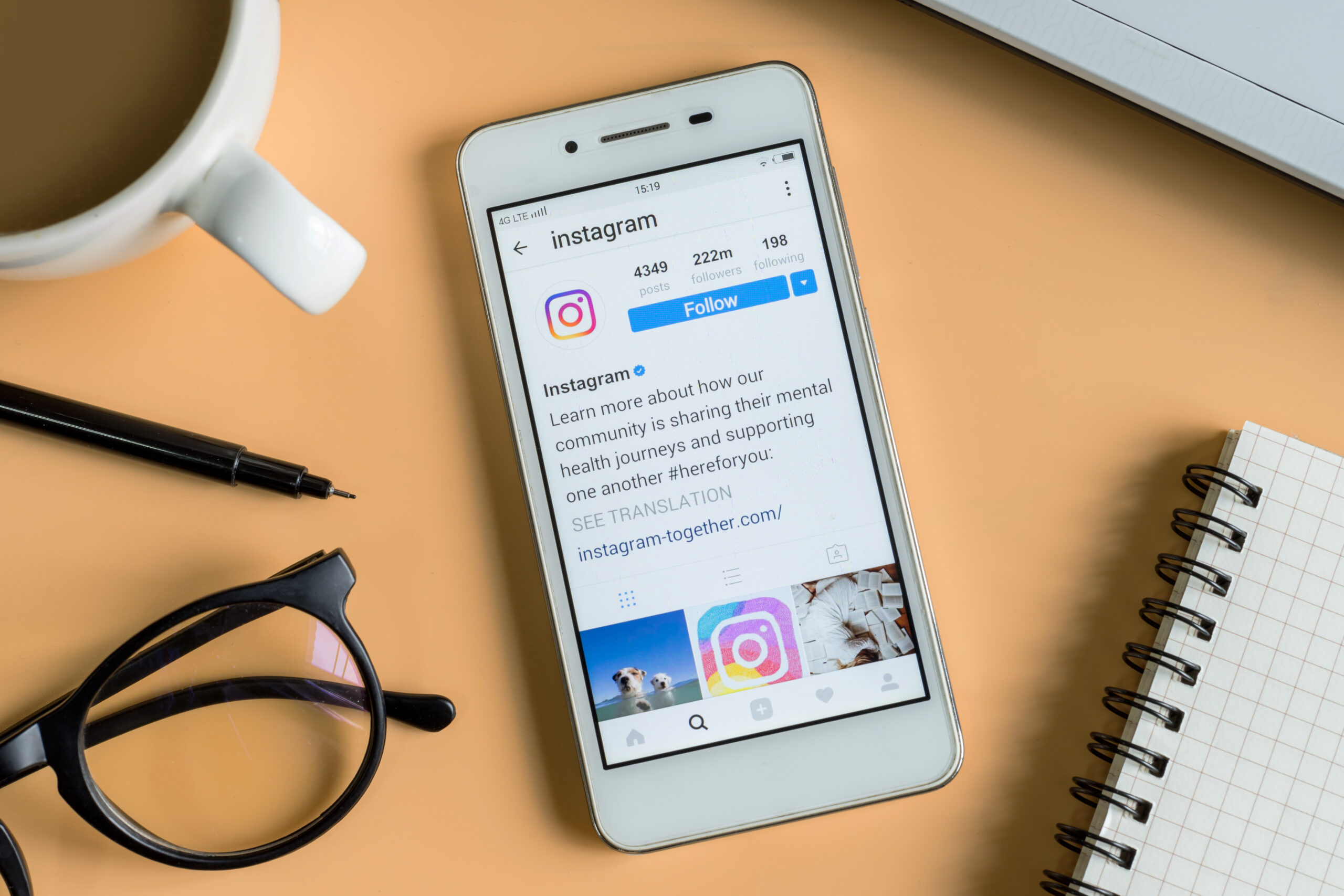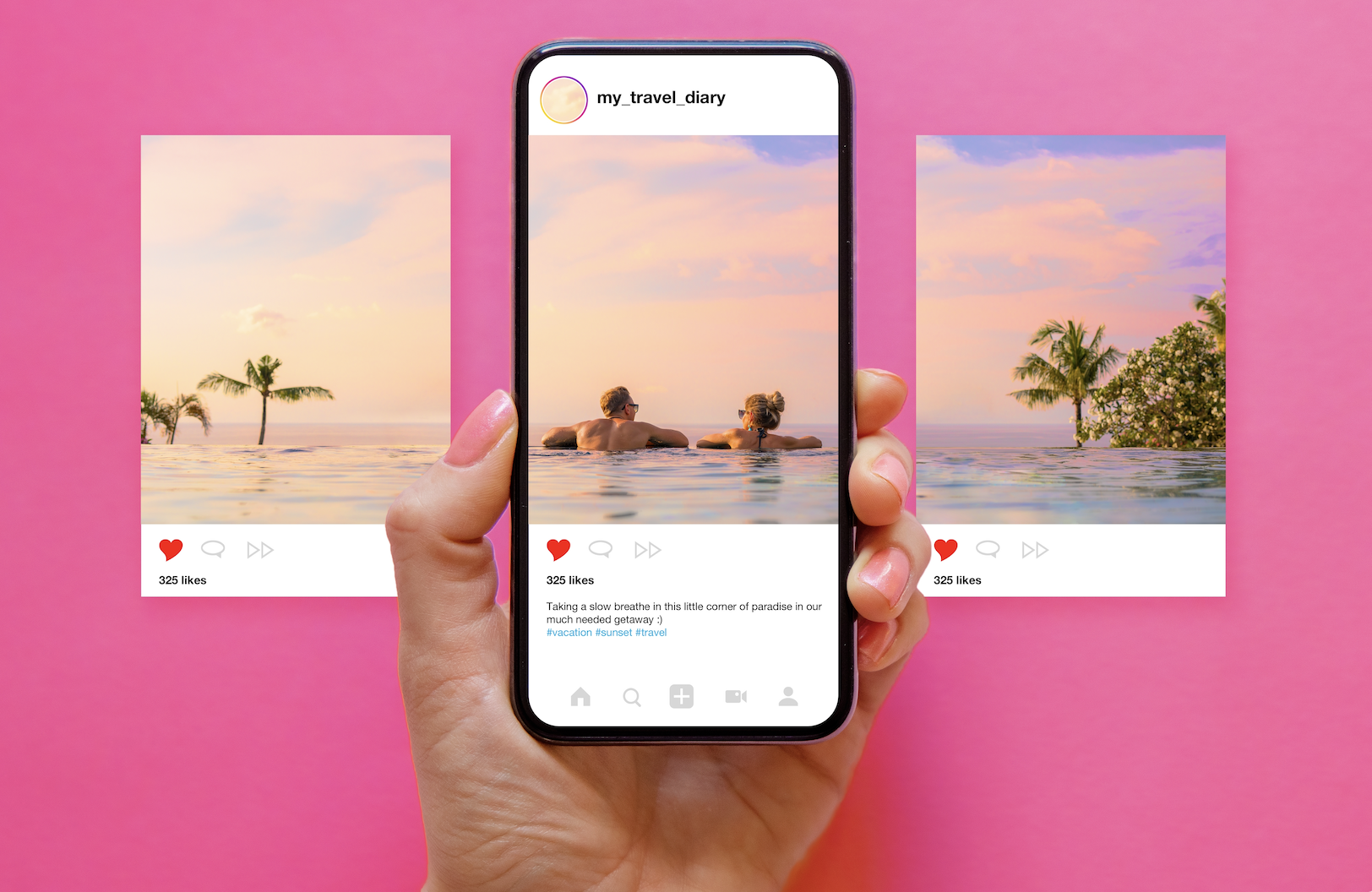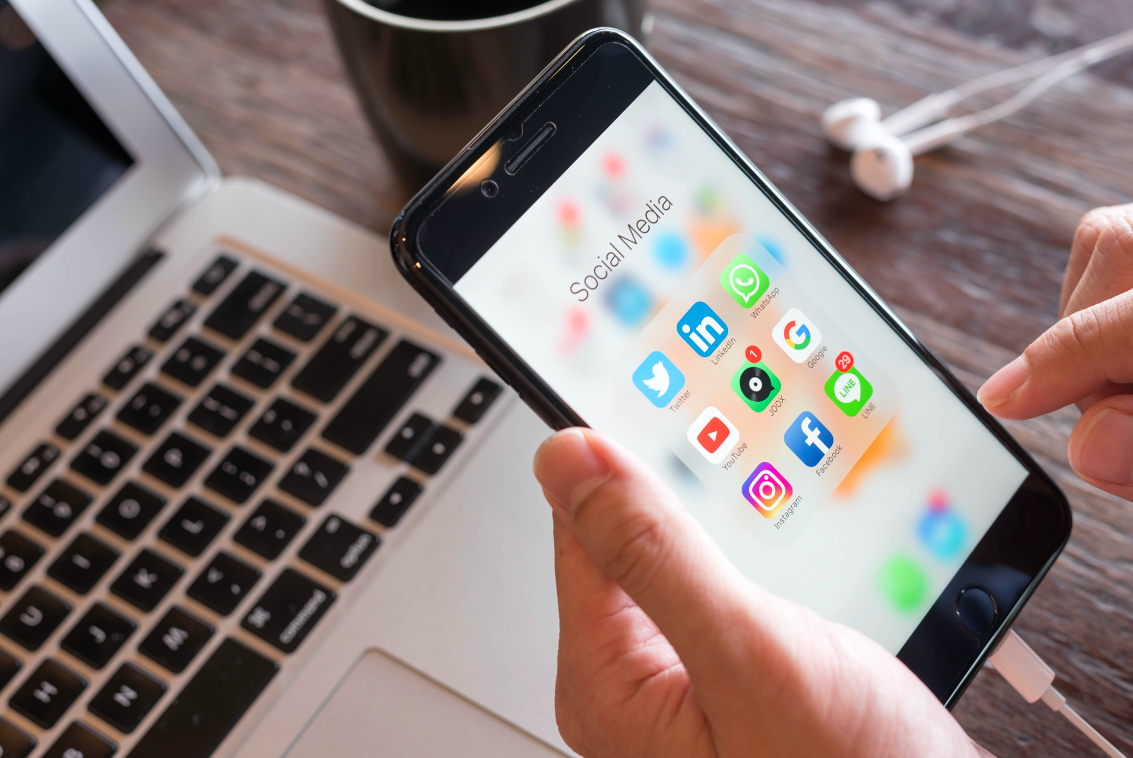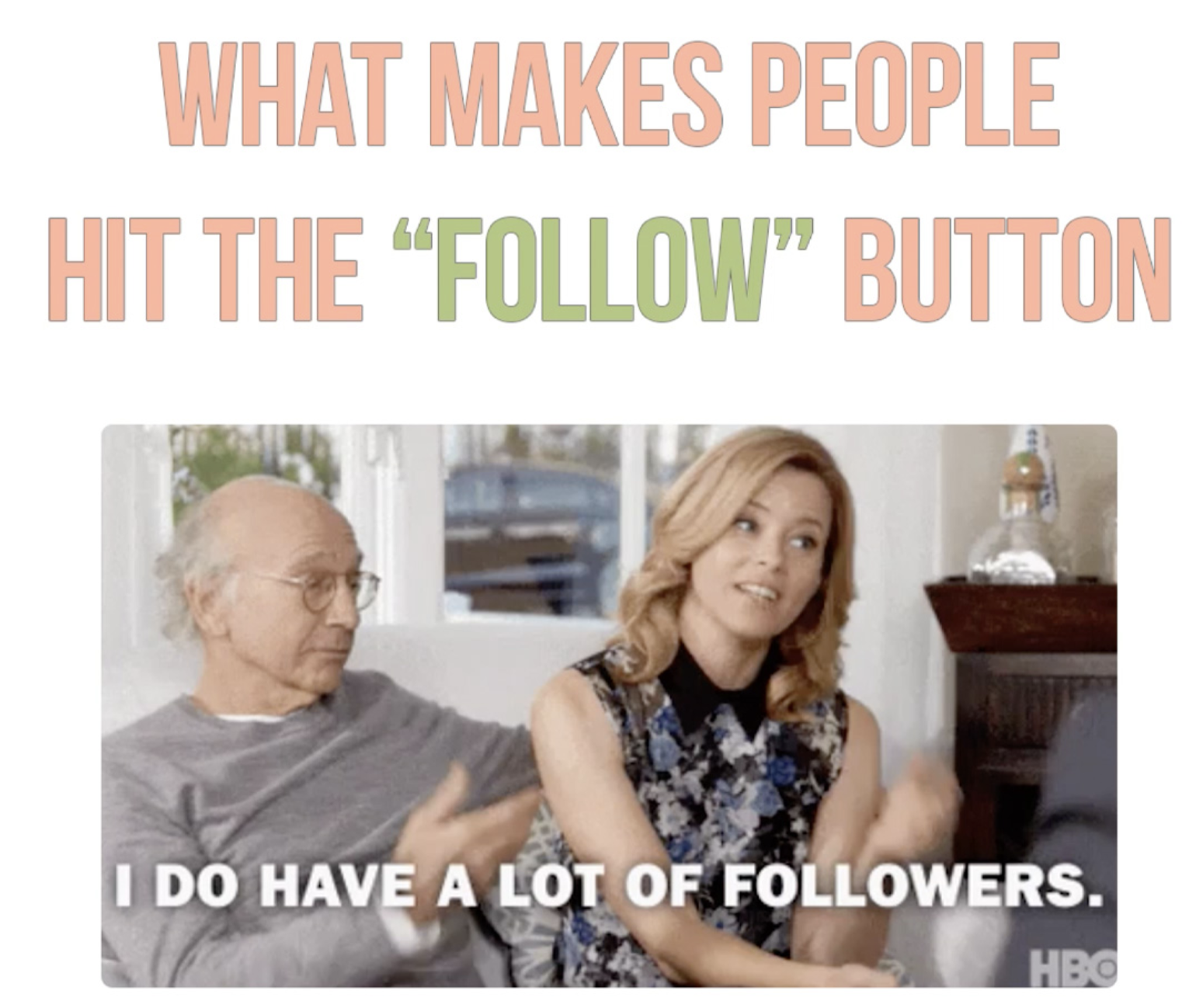
Social Media Timeline
Whether it is cultural or social, change is inevitable. Especially when it comes to technology, the landscape is constantly changing. In fact, from the ’60s through the late ’90s, the world went through a technological revolution. This was the time when the internet and computers were finding their ways into the lives of millions of people around the world. But it wasn’t until the late ’90s that social media took off and sparked a change.
Within mere years, social media became such an instrumental part of our everyday life. People all over the world have been able to communicate, connect, socialize, share and post anything that they desire. As of today, more than 3.81 billion people are on social media and the average person has more than six social media accounts. But did you ever stop and ask yourself what was the first social media platform? Or what your parents’ top social media were? Or which platform was The First?
We are here to uncover which platform was the first to be introduced, and how each one helped paved the way to some of the biggest social media platforms we all know and love today.
A blast from the past:
SixDegrees:
| 1997 – 2001
| Users: 3.5 million
| First Social Media Platform
- Named after “Six Degree of Separation Theory”
- Everyone in the world connected with each other by no more than six degrees of separation.
- It’s considered the first social media platform because it allowed people to sign up using an email address, make individual profiles, and add friends to their personal network. It also allowed people to expand their social network.
- It was bought by Youth Stream Media Networks for 125 million in 1999.
Friendster:
| 2002 – 2019
| Users : 100 millions user — After three months of been launch, it gained 3 million users
- Used to compete against Six Degrees.
- Just like in Six Degrees, people were able to sign up with their emails, make friends and build their own social/personal network.
- Allowing people to share videos, images, message and leave comments on people profiles, which was allow only if your were part of the personal network
- In 2011, rebranded as a social media gaming site.
- It competed against some of the biggest platforms such as Google, Yahoo! and Facebook.
| 2002 – Present
| Users: 575 million
- The #1 platform for job searching and networking.
- Founded one December 28, 2002 by Reid Hoffman, Allen Blue, Konstantin Guericke, Eric Ly, and Jean-Luc Valliant.
- In 2016, LinkedIn was purchased by Microsoft.
- Initial & current primary focus is to do professional networking and allow people to connect with businesses.
Myspace:
| 2003 – Present
- Myspace was the Facebook of its day.
- “It started as a file storage platform, but it quickly transitioned to an online social network, which contributed to its meteoric rise in popularity.”- History Cooperative.
- Users had the opportunity to choose songs for their friends, so that when someone visited, the music would start playing. Users could also choose their top 8 friends.
- In 2009, Myspace generated around $800 million in revenue
- As Facebook found its way into millions of lives and replaced MySpace in the top visited site, Myspace started to decline.
- Another reason MySpace began to decline was its use of on-site ads to generate revenue.
- According to History Cooperative, MySpace continues to operate to this day even if it’s not one of the top platforms.
Today’s biggest social media platforms:
YouTube:
| 2005 – Present
| Users: 2 Billion
- Developed by Steve Chen, Chad Hurley, and Jawed Karim
- The idea came from wanting people to share the homemade video.
- Later, it became also a platform where artists get to release their new music video, people can watch movies and clips.
- In 2006, YouTube was sharing more than 100 million videos.
Biggest Contribution: Allowing the possibility to see the Falcon Heavy Rocket launch. Making the second biggest live stream of all time.
Facebook:
| 2004 – Present
| Users: 2.6 billion active users — a number that has grown consistently since its launch.
- This amounts to just under 30 percent of the entire global population. Facebook is the most popular social media platform in the world.
- Founded by Mark Zuckerberg, Eduardo Saverin, Andrew McCollom, Dustin Moskovitz, and Chris Hughes.
- Started purely for Harvard students
- After 2006 > Facebook was available to anyone claiming to be above the age of 13, regardless of whether or not they had an affiliation with a university.
- Went public in 2012 and it received a valuation of $104 billion,
- It currently generates over $40 billion a year
Twitter:
| 2006 – Present
| Users: 335 million
- Launched by Jack Dorsey, Noah Glass, Biz Stone, and Evan Williams.
- It distinguished itself by limiting users to only 140 characters, a policy it held onto until 2017, when it doubled the character limits in all languages except Chinese, Japanese, and Korean.
- Allowing its users to share their thoughts and ideas with the rest of the world
- In 2013 Twitter went public and valued at 1.42 billion dollars.
- Today’s top accounts are: Barack Obama, Justin Biber, Katy Perry, Rihanna, Donald Trump, Cristiano Ronaldo and more.
Biggest Contribution: During the Super Bowl halftime show, a blackout occurred, which gave the opportunity for Oreo to use it as a way to market their product. This not only generated thousands of impressions and likes, it also gave Oreo an opportunity to win the best Super Bowl advertisement.
Instagram:
| 2010 – Present
| Users: 1 billion — it’s the sixth largest social media platform
- Instagram was launched on October 6, 2010 by Kevin Systrom and Mike Krieger
- It’s very unique since it became the only smartphone-only app that focuses on photos and video sharing. Allowing photos to be shared and framed in a square. However, things have changed since 2015.
- It only took 2 month to surpass one million users, since its launch.
- In 2012, Facebook bought Instagram for 1 billion dollars.
Biggest Contribution: Influencers such as the Kardashian have used this platform as a way to build up their brand and become one of the strongest influencers in the world.
Snapchat:
| 2011 – Present
| Users: 238 million
- Launched by Evan Spiegel, Bobby Murphy, and Reggie Brown
- Their future allows people to send images or video to one another but it will disappear after been opened
- Today they allow people to chat, post stories and save them for one full day.
Biggest Contribution: Quickly became a platform for young users to connect with those around them as well as their friends through quick photo and video messages rather than long standing content.
TikTok:
| 2016 – Present
| Users: 850 million
- It was created by Douyin for the Chinese market. Later it was introduced on IOS & Android– It also expanded its reach and went global.
- The all purpose is the opportunity to share videos with friends, family and people all around the world.
- It’s also known as one of the most addictive platforms out there.
- However, certain countries around the world have begun the process of banning the app, due to security breaches.
Biggest Contribution: When the US decided to shut down the app due to threat to national security, creators and the app itself, launched a campaign called “It Starts on TikTok”. The campaign promotes the content creators have made and show how it helped them during national lockdown.
That is the end of our social media story, for now. As you can see, we have been connecting over social media for years and will continue to do so for many years to come. With the quickly evolving platforms and competitors popping up left and right, the social media realm may be completely different in the coming years, but at the end of the day we will always have a way to connect online. Furthermore, no matter what, there will always be space for others to jump in and bring something new or bring something back.
